Home > Auctions > 23 - 27 May 2023
Ancient Art, Antiquities, Natural History & Coins
Auction Highlights:
Acquired 1990s-early 2000s.
East Anglian private collection.
Cf. The British Museum, museum number 1894,0418.2, for similar.
From the R.M.Hicks OBE private collection, UK.
Accompanied by an original thermoluminescence analysis report no.C106u29 from Oxford Authentication.
Cf. The Metropolitan Museum, New York, accession numbers 54.169 and 1991.253.7a, b, for similar figures.
A symbol of military strength and social status, the horse was ever a potent mythological and symbolic animal in China. During the Tang Dynasty, both polo and hunting from horseback became fashionable for men and women. It was also during the Tang Dynasty period that female court attendants on horses appeared in art and in tomb sculpture. The fruits of China's relationship with the horse include three of the most important innovations in equestrian history: the horse collar, the stirrup and harnesses based on the breast strap. The failure of China's domestic horse breeding programmes forced them to artificially inflate the price of tea (the production of which was controlled by China), so that tea could be traded for horses from their neighbours.
Acquired 1980s-1990s.
Ex West Country collection.
Accompanied by an original thermoluminescence analysis report no.C122g65 from Oxford Authentication.
This lot has been checked against the Interpol Database of stolen works of art and is accompanied by search certificate number no.11701-199226.
Cf. Arthur M. Sackler Museum, From Court to Caravan: Chinese Tomb Sculptures from the Collection of Anthony M. Solomon, Cambridge, 2002, p. 92, no. 19, for a similar horse; cf. J.J. Lally & Co., Early Dynastic China Exhibition: Works of Art from Shang to Song, New York, 26 March - 26 April 1996, no. 5.
Acquired 1990s.
West Country, UK, collection.
Accompanied by a thermoluminescence report no.CJ162522022, issued by Laboratory Kotalla.
This lot has been checked against the Interpol Database of stolen works of art and is accompanied by AIAD certificate no.11362-192817.
Cf. The British Museum, museum number 1938,0524.114, for a similar style of horse modelled in a different pose.
Acquired 1990s.
West Country, UK, collection.
Accompanied by an original thermoluminescence analysis report no.C122e80 from Oxford Authentication.
Cf. The Metropolitan Museum, New York, accession number 2000.662.1a, b, for similar.
Ex Cotswold, UK, collection, 1970-1990.
Accompanied by thermoluminescence analysis report no.C118j1 from Oxford Authentication.
This lot has been checked against the Interpol Database of stolen works of art and is accompanied by search certificate no.203477.
Ex E. Bourke, MD, Yonkers, New York, U.S.A.
Acquired on the U.S. art market.
Ex property of a London gallery.
Accompanied by thermoluminescence analysis report no.26AG08042022 by Laboratory Kotalla.
This lot has been checked against the Interpol Database of stolen works of art and is accompanied by search certificate no.201948.
Cf. The Cleveland Museum of Art, accession number 2005.20, for similar.
Property of a lady, from her grandfather's collection, 1960s-1970s; thence by descent.
Ex Frederick Elghanayan collection.
Acquired from Sotheby’s, London, UK, 19 April, 1993, lot 148 (part).
Ex central London gallery.
with Nagel Auction, Stuttgart, Germany, 2006.
Acquired from Galerie Arabesque, 2014.
This lot has been checked against the Interpol Database of stolen works of art and is accompanied by search certificate no.202173.
Possibly Buddha bhūmisparśamudrā, the facial expression signifying the attainment of enlightenment.
London private collection, 1979-1983.
Acquired 1969-1999.
From the private collection of the late Mr S.M., London, UK, thence by descent.
Cf. Matouk, F.S., Corpus du scarabée égyptien, Volume 2, Beirut, 1976, p.397 no.1222, for similar design.
277 - 288 of 2508 LOTS

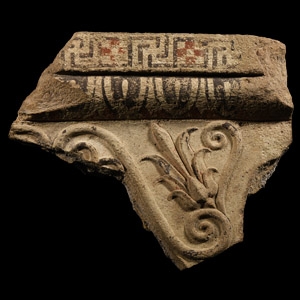
.jpg)


.jpg)
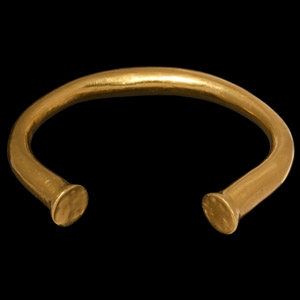
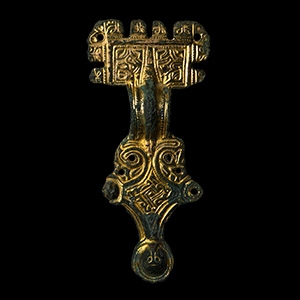

.jpg)
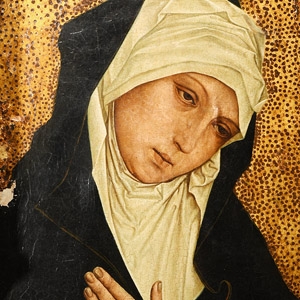

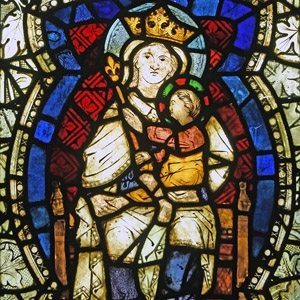
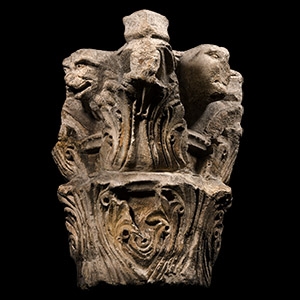
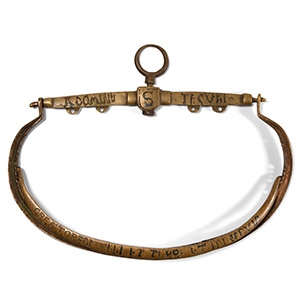
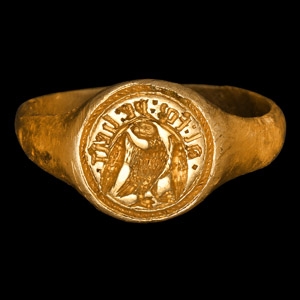
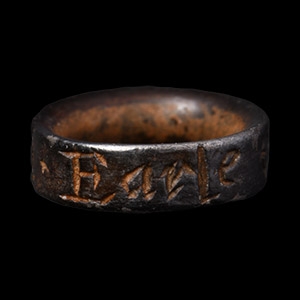
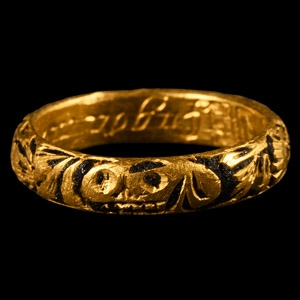
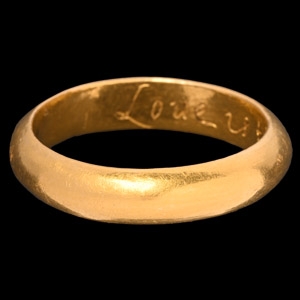
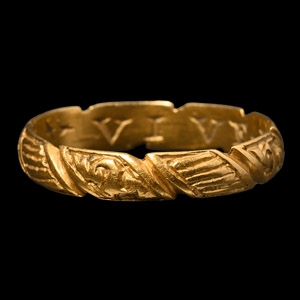
![English Milled Coins - George VI - 1937 - Cased RM Proof Coronation Gold Set [4] English Milled Coins - George VI - 1937 - Cased RM Proof Coronation Gold Set [4]](https://timelineauctions.com/upload/images/items/small/203351-s(2).jpg)
.jpg)
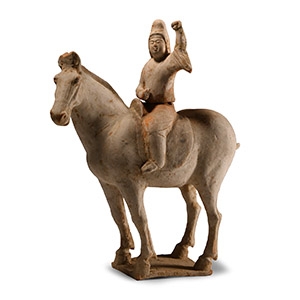
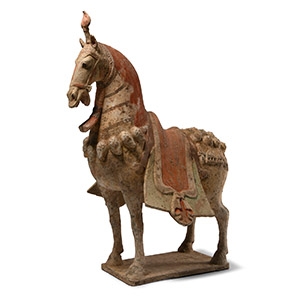

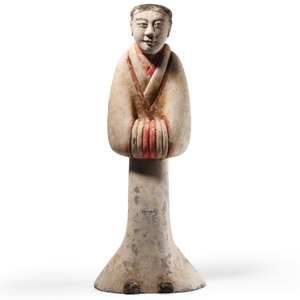
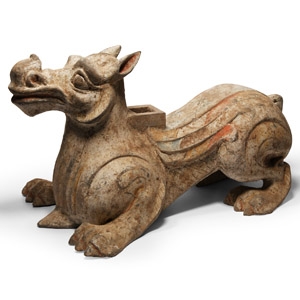
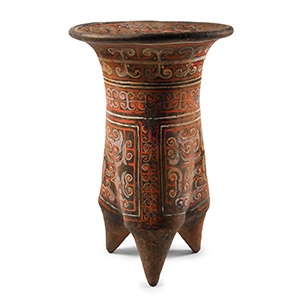
.jpg)
.jpg)
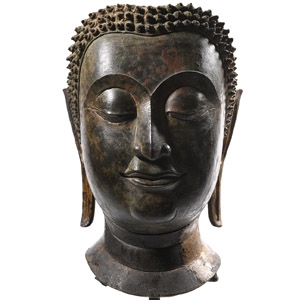
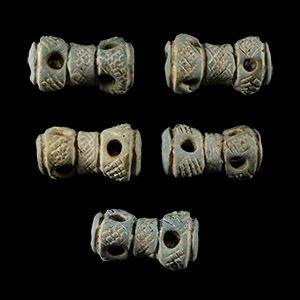
.jpg)



